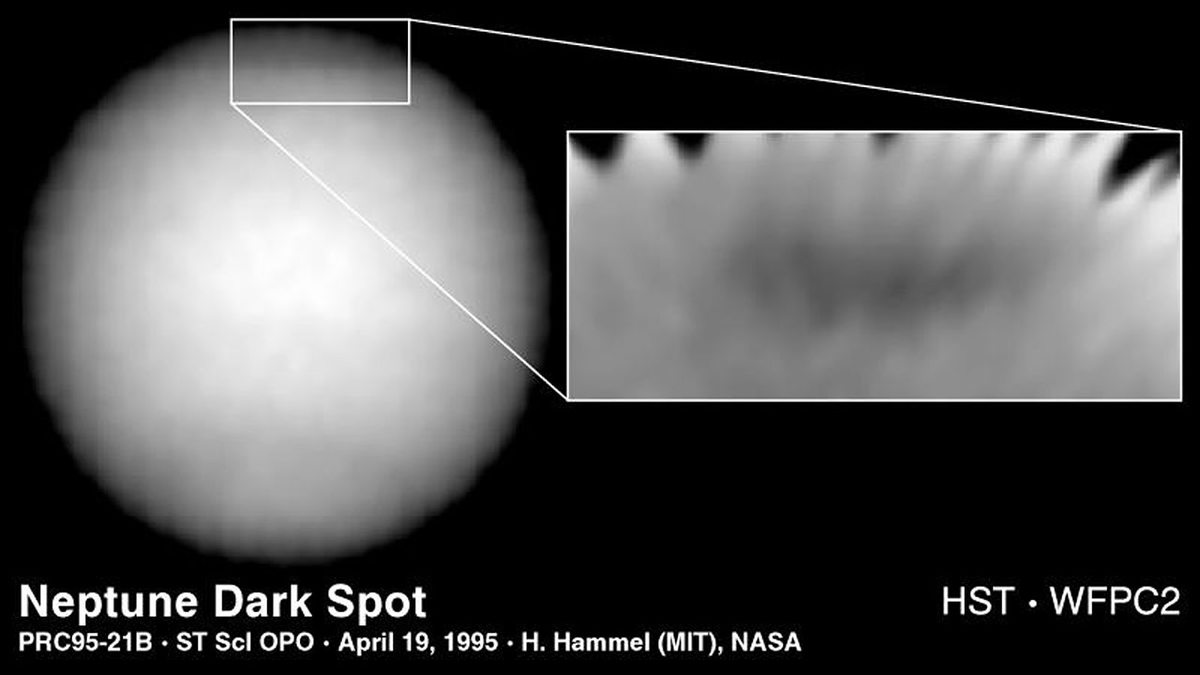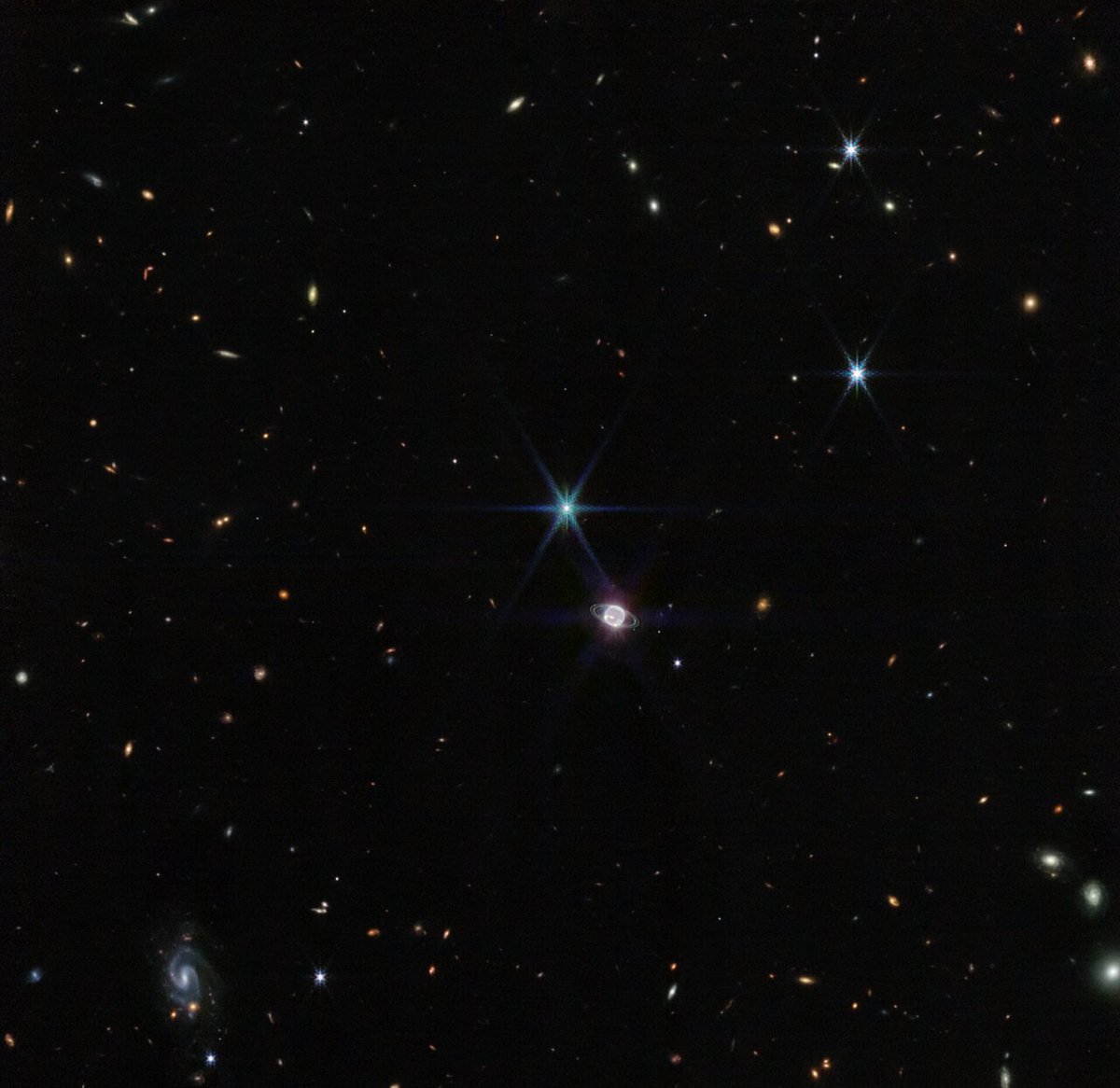
In my opinion, this is one of the most spectacular images from the Cassini mission. It is a close-up of the edge of Saturn's B ring, and shows shadows on the rings from tall structures in the rings! solarsystem.nasa.gov/resources/141/… 
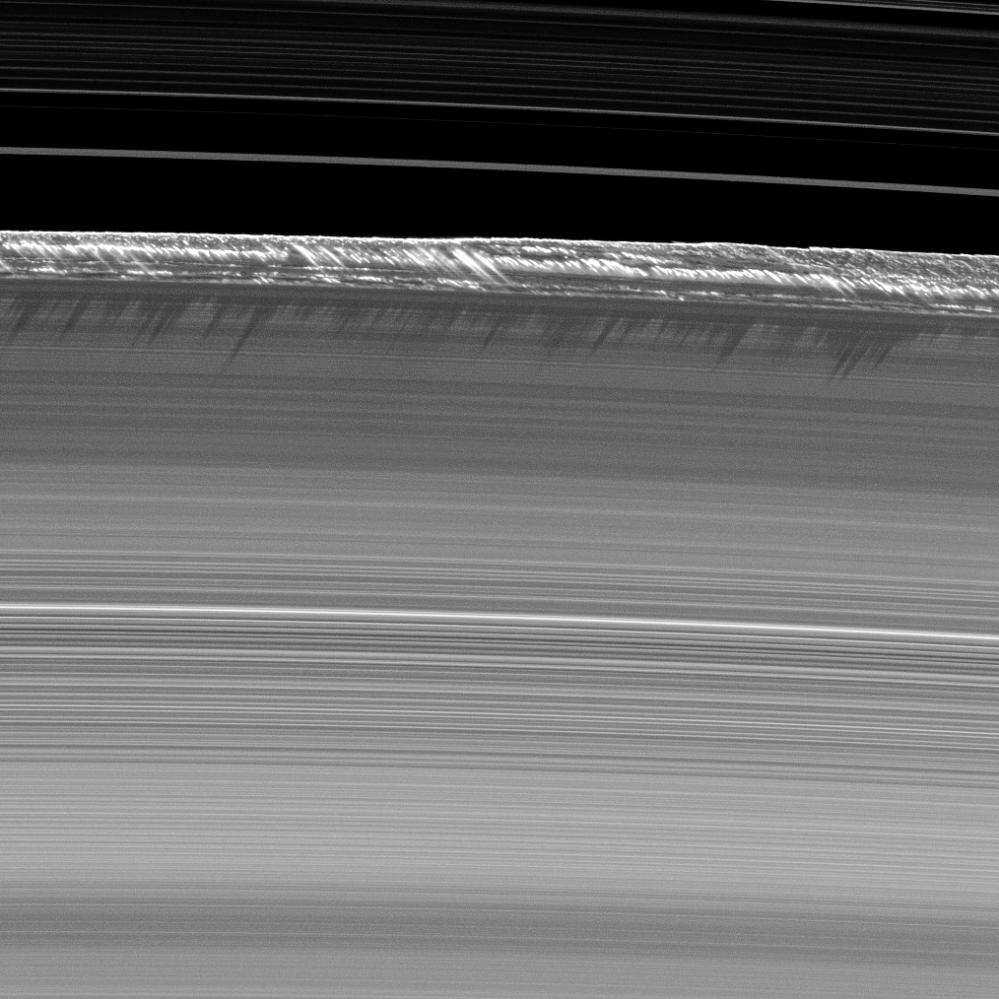
This region of Saturn's rings may host moonlets that reach a kilometer or more in size. Such bodies could affect the ring material streaming past them, forcing the particles upward in a "splashing" manner to form the peaks in this Cassini image. solarsystem.nasa.gov/resources/141/… 

The key to this amazing Cassini image of Saturn's rings is the season: it was taken just two weeks before Saturn's equinox in August 2009. The Sun angle across the rings was extremely low, which enhances the shadows. solarsystem.nasa.gov/resources/141/… 
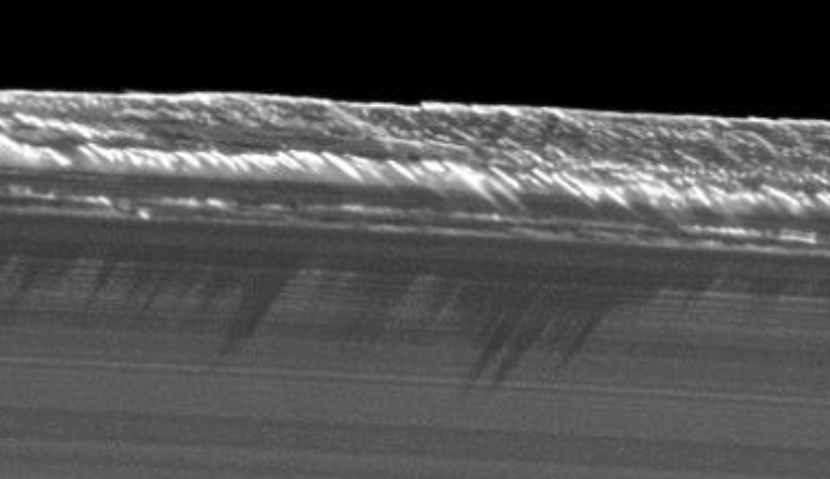
#JWST can't compete with Cassini in terms of images (a Cassini pic is shown here), but it will produce spectacular spectroscopy of the planet and rings, elucidating chemistry and composition. This will complement data from Cassini and other spacecraft. Stay tuned for science! 
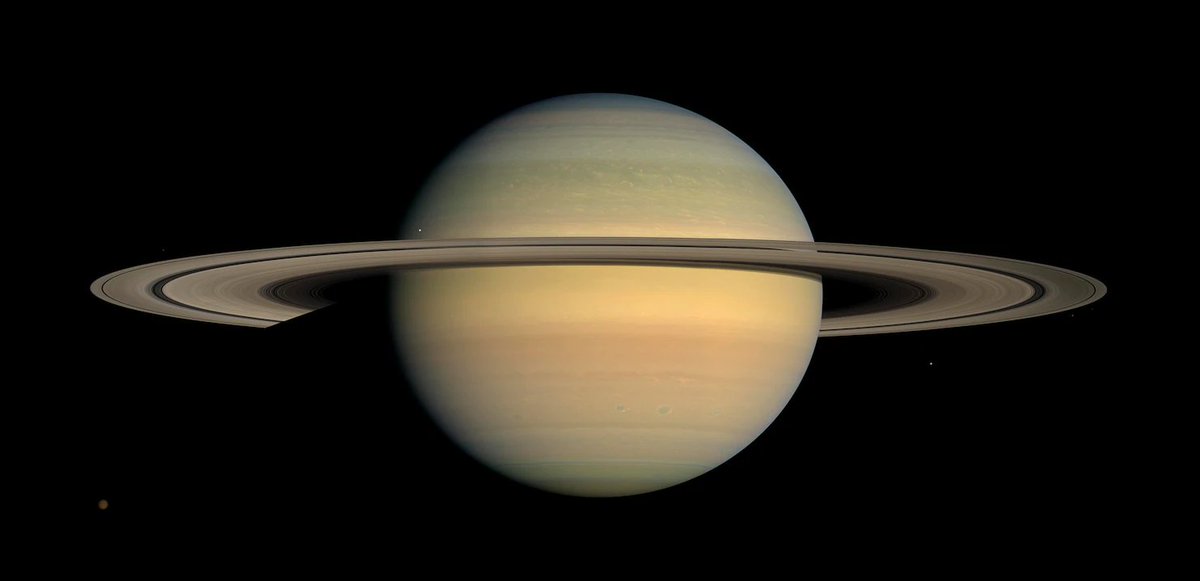
• • •
Missing some Tweet in this thread? You can try to
force a refresh



